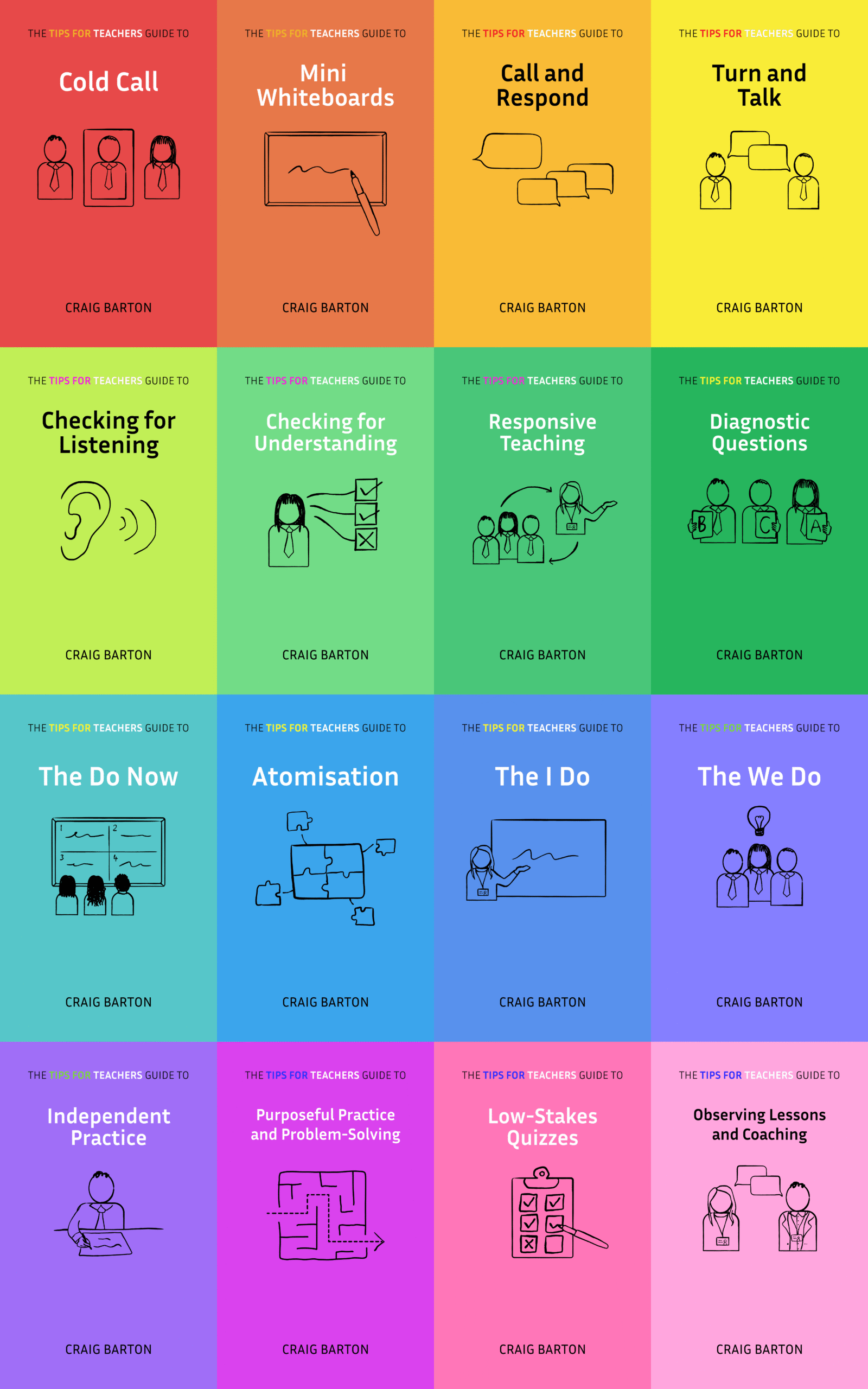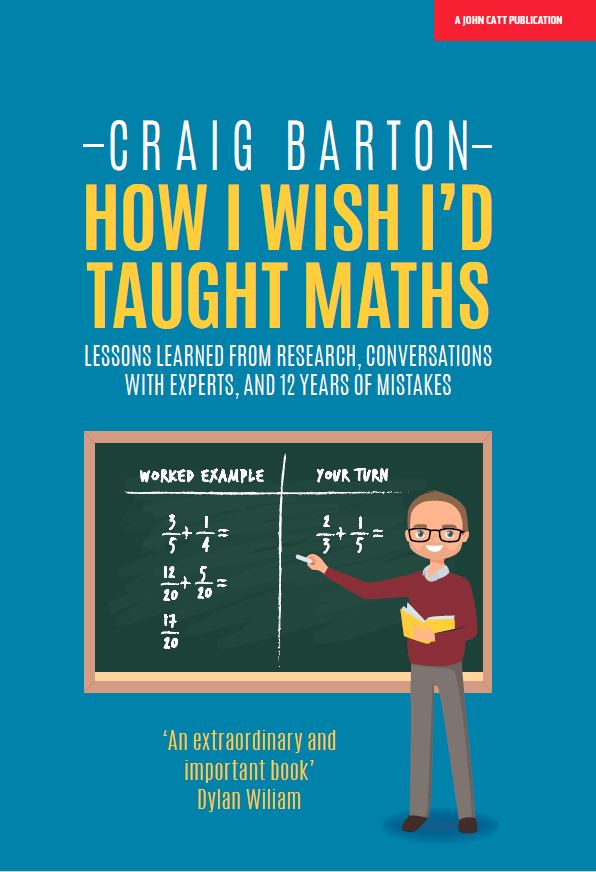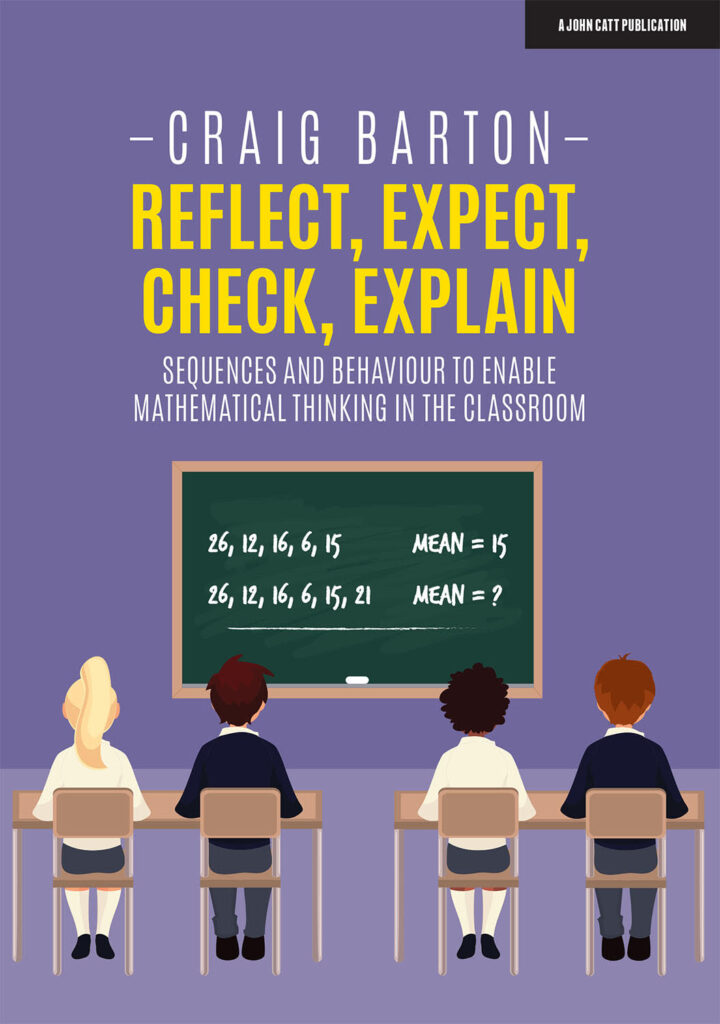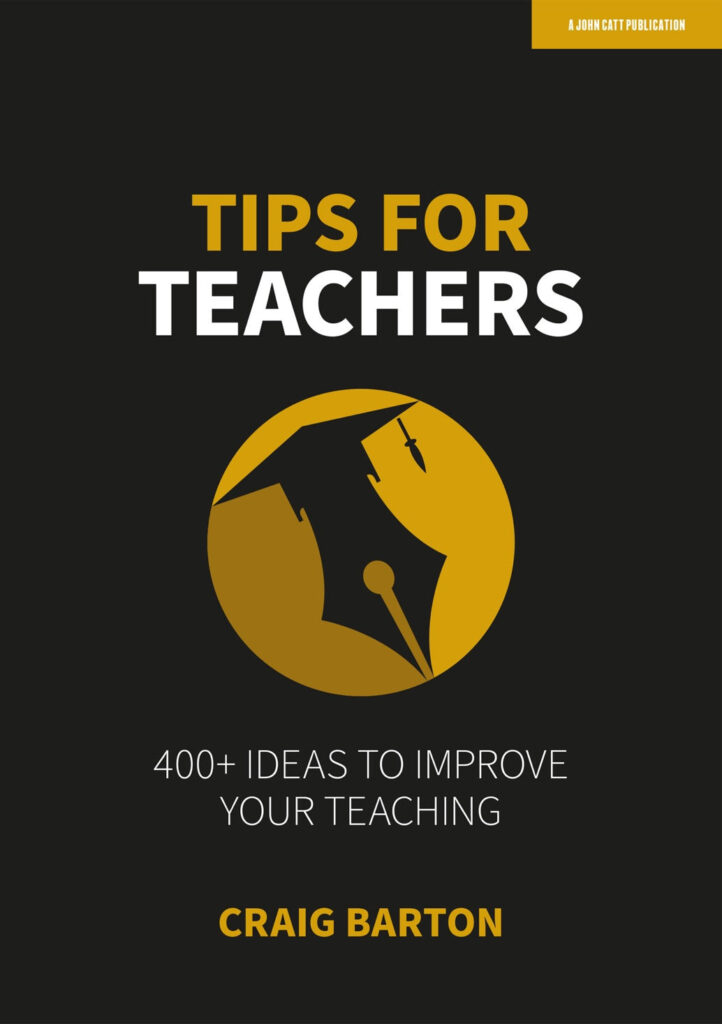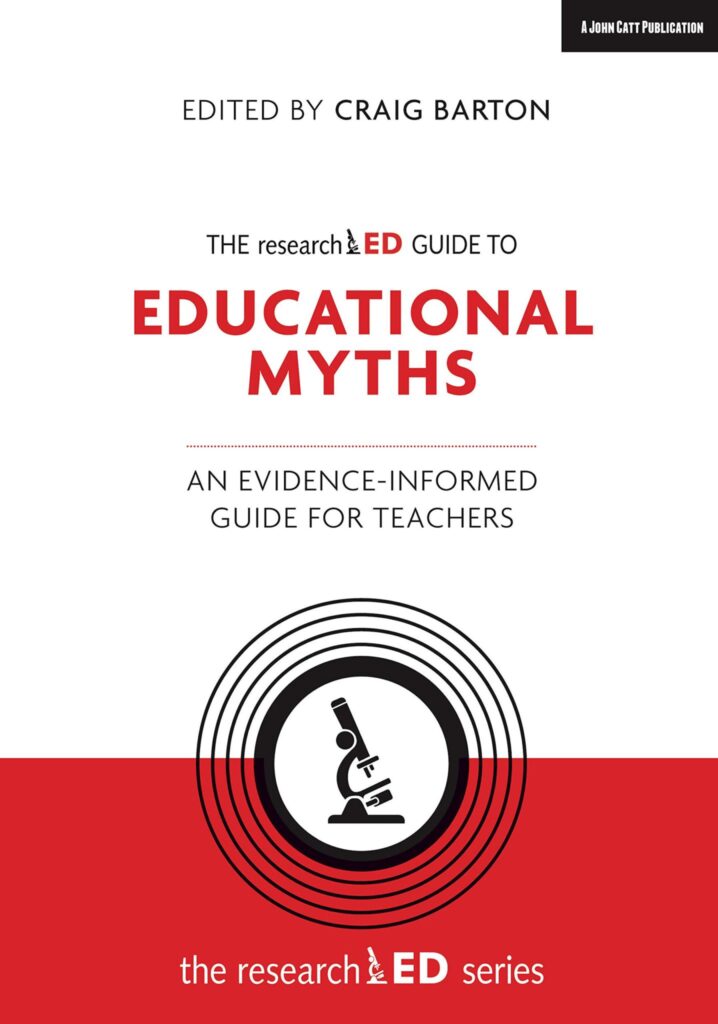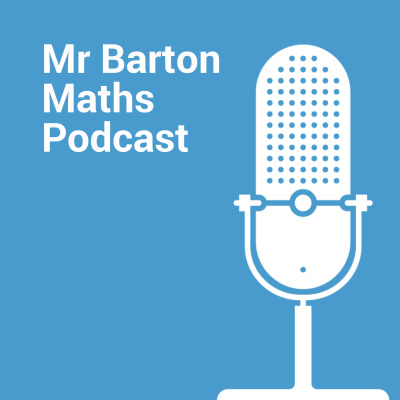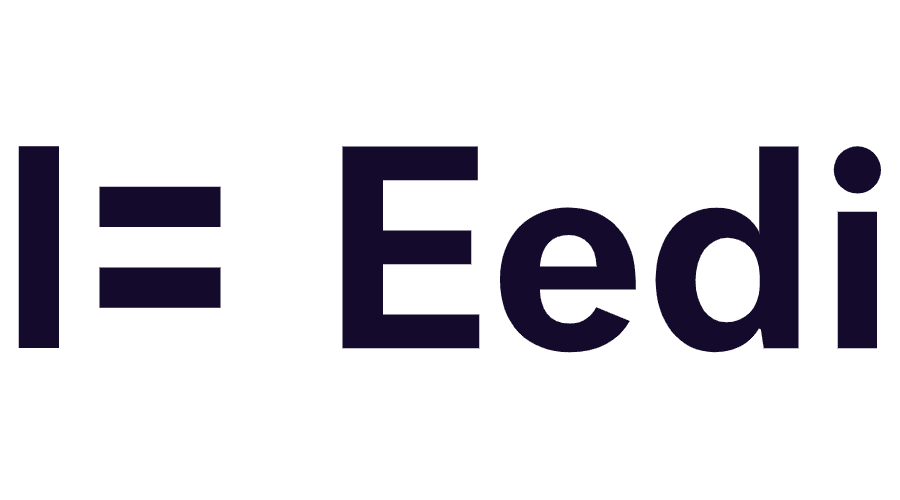Summary
This YouTube video transcript from “Tips for Teachers” discusses effective classroom use of mini-whiteboards. Craig Barton, the presenter, highlights a detailed routine for using mini-whiteboards, emphasizing the importance of clear writing, proper board placement, and efficient pen handling to maximize student participation and minimize disruptions. He shares insights from a workshop led by Danny Quinn, showcasing a booklet outlining meticulous mini-whiteboard procedures, including justifications for each step. The video promotes maximizing student engagement and classroom efficiency through well-defined routines. Barton encourages viewers to implement these strategies for improved learning outcomes.
What are the implications for teachers?
The implications for teachers when using mini-whiteboards, according to the source, include the need for detailed routines and clear communication with students. Some specific implications for teachers are:
- Careful planning of mini-whiteboard routines is essential. This includes considering the placement of the whiteboard on the desk, which should be on top of other work to save time.
- Teachers should encourage students to put pen lids on immediately to prevent them from rolling around and causing disruptions.
- Teachers should emphasize to students that they should not show their answers to others. Furthermore, teachers need to justify why students should not show their answers to others, to reinforce this routine.
- Teachers should explain to students that writing in large, clear writing helps the teacher see their answers.
- Teachers need to teach students to “hover” with their mini-whiteboards, rather than placing their pens down, to prepare to show their answers quickly.
- Teachers should instruct students to use both hands when holding up their mini-whiteboards to prevent wobbling.
- It’s crucial for teachers to communicate these routines with justifications to students and to practice and revisit them regularly.
By implementing and reinforcing these detailed routines, teachers can make mini-whiteboards an effective tool for engaging all students and seeing all their responses.

